General Information
Gladiolus flowers are liked by the people all over the world. It is a perennial flowering plant which has sword shape leaves, funnel shaped perianth and spoon shaped branches. The flowers bloom mainly in the month of October-March. It produces wide range of flower color ranging from pink to reddish, light purple to white, or white to cream or orange to red. It is also used to cure various ailments or diseases such as common cold, diarrhoea, fungal infections, and meningitis and to get relieve from constipation. Punjab, Haryana, Andhra Pradesh, Uttar Pradesh and Maharashtra are the major growing states in India.

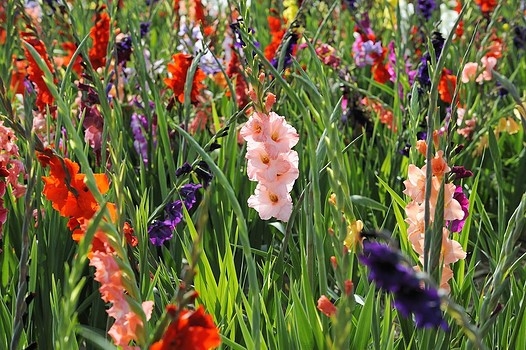





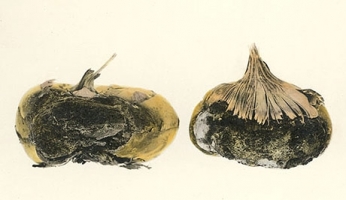
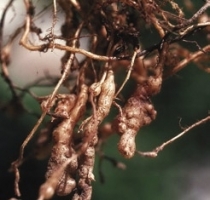
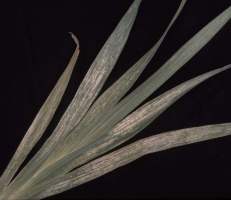
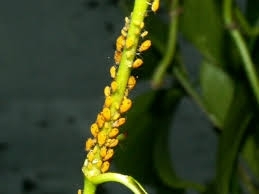
.jpg)










